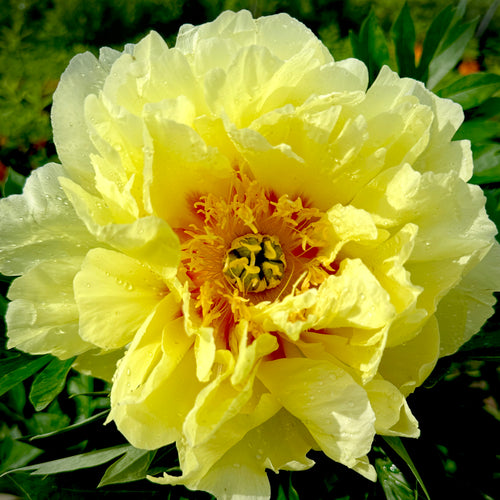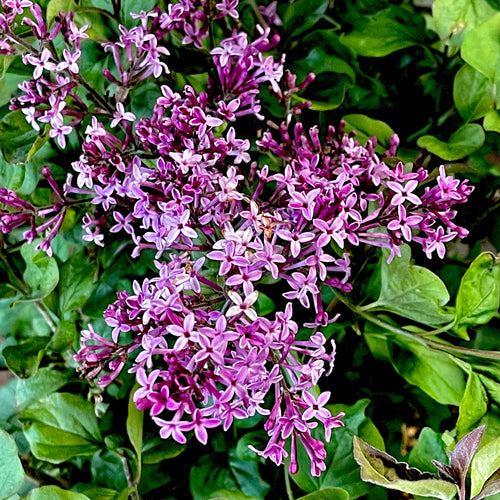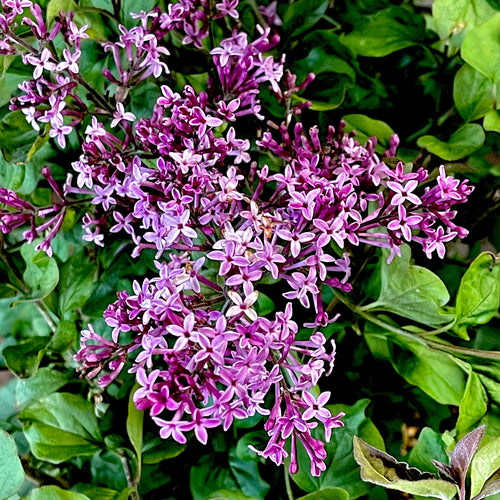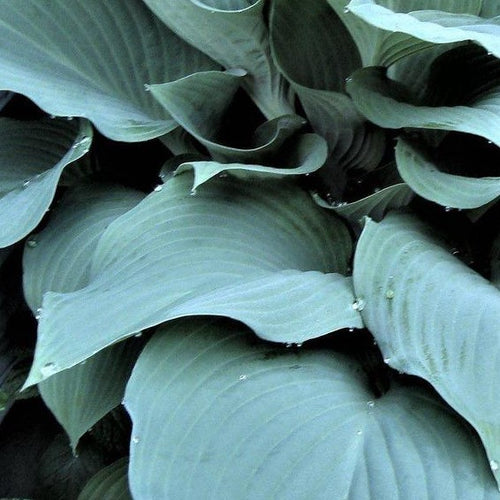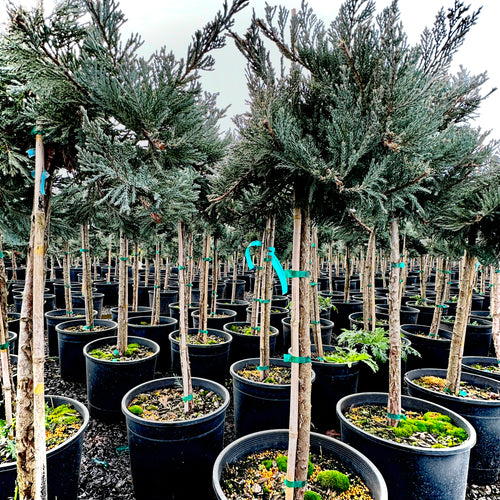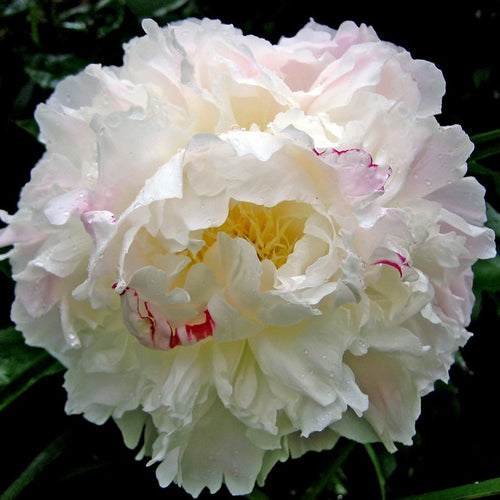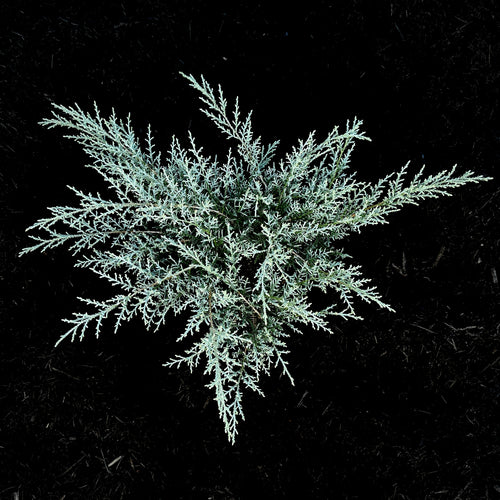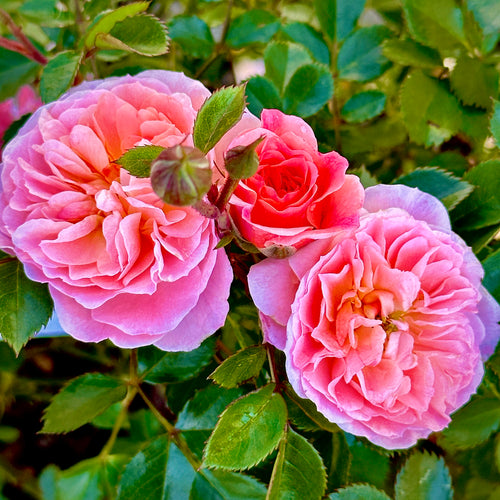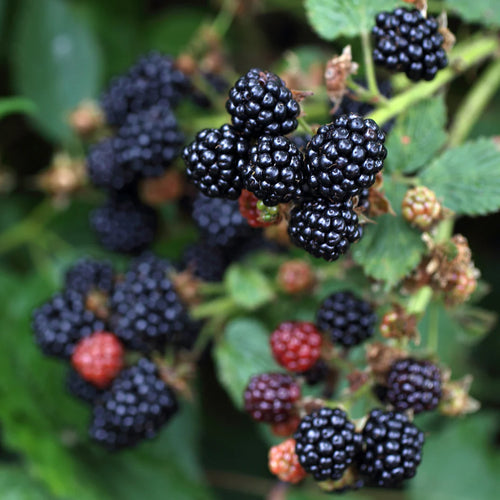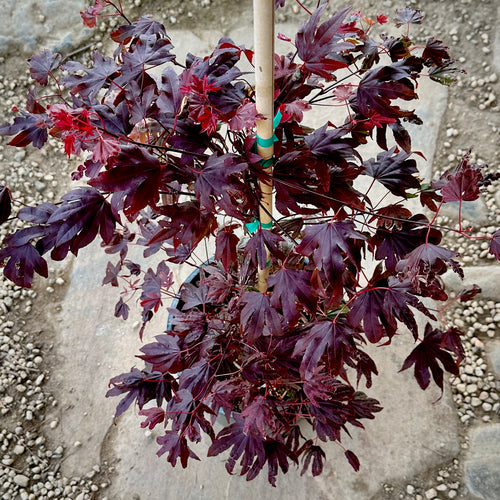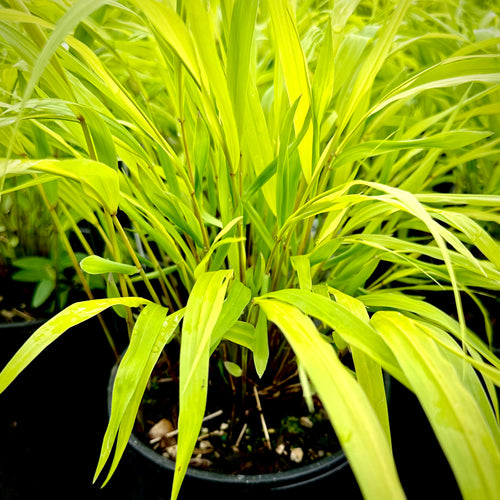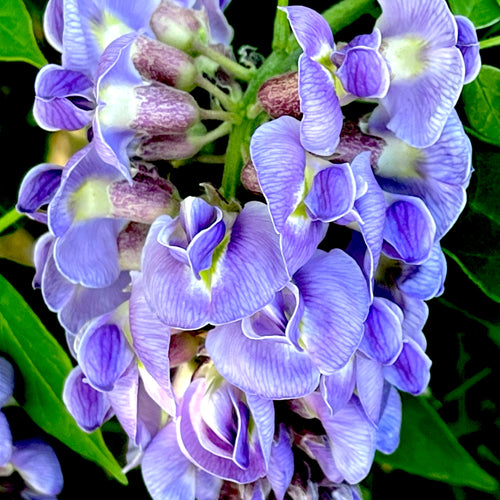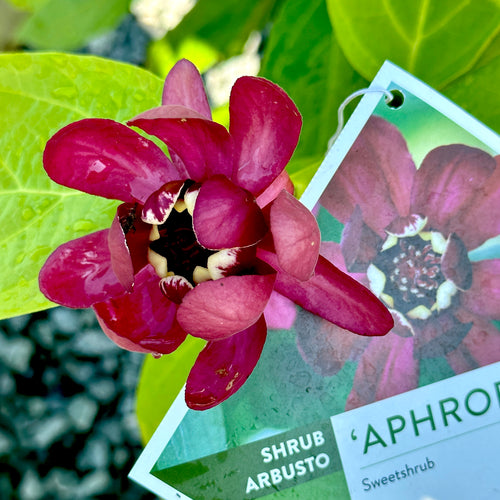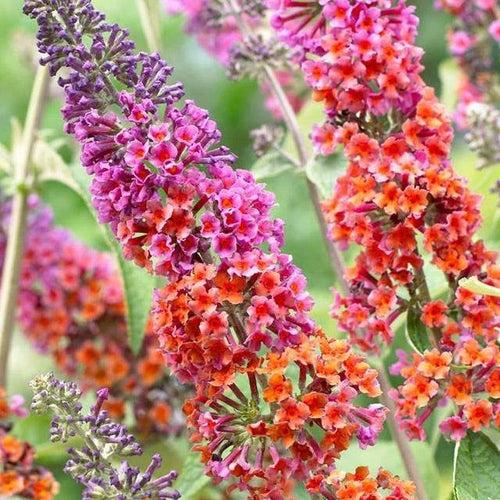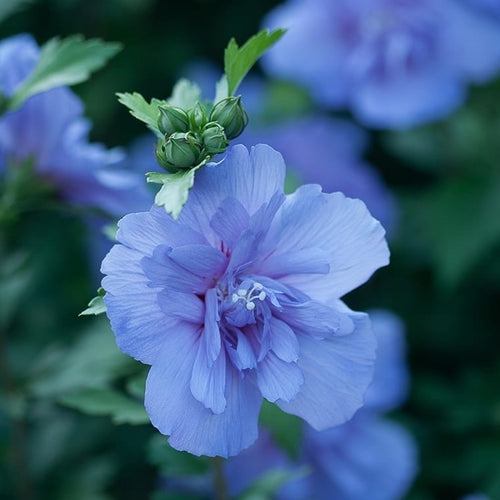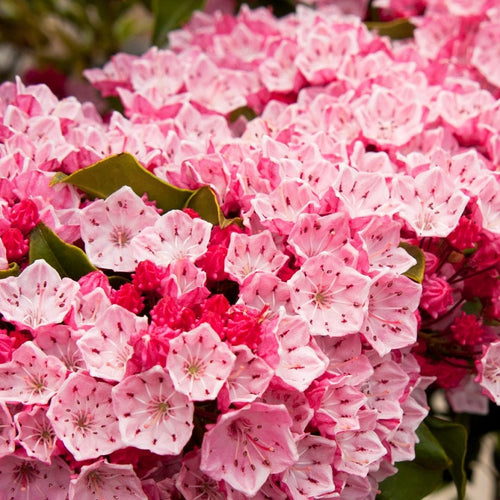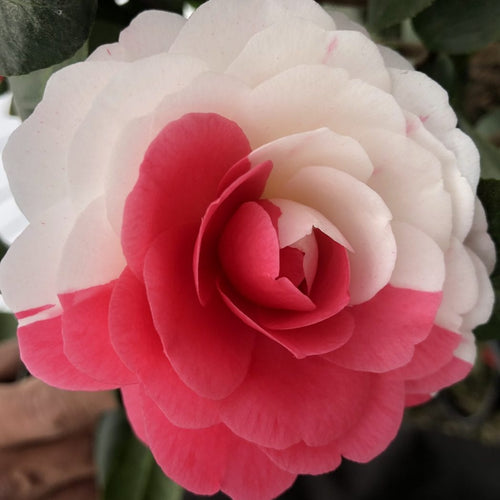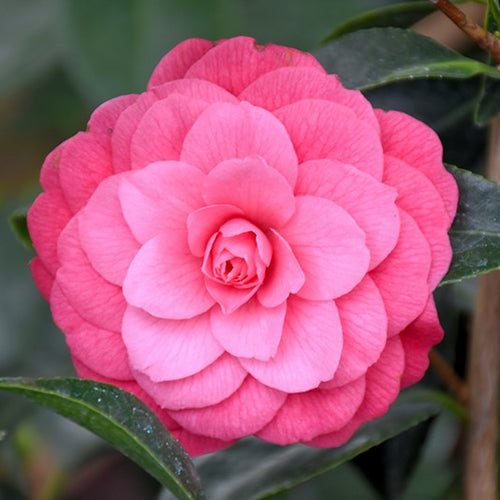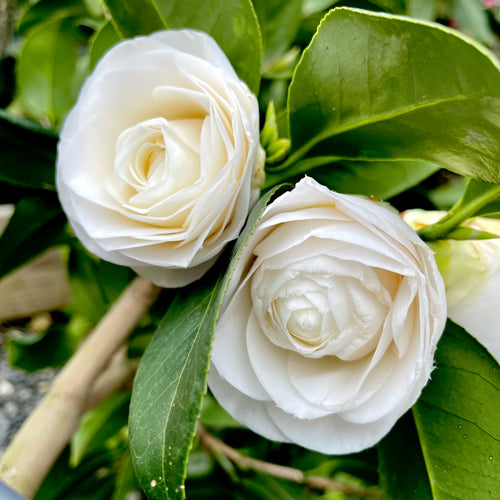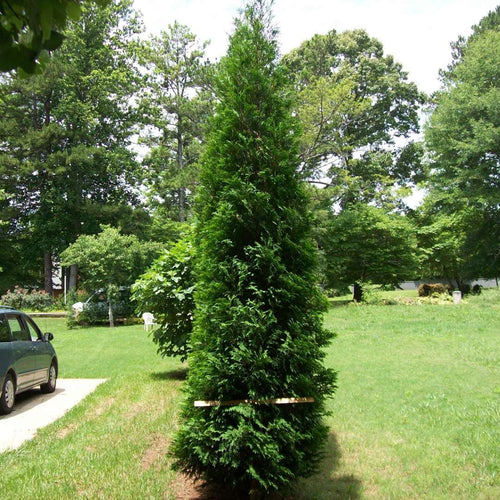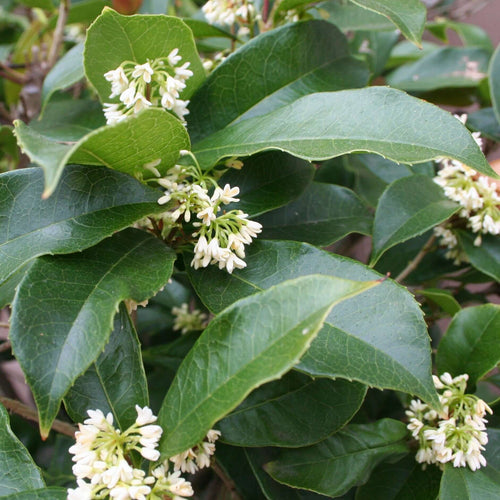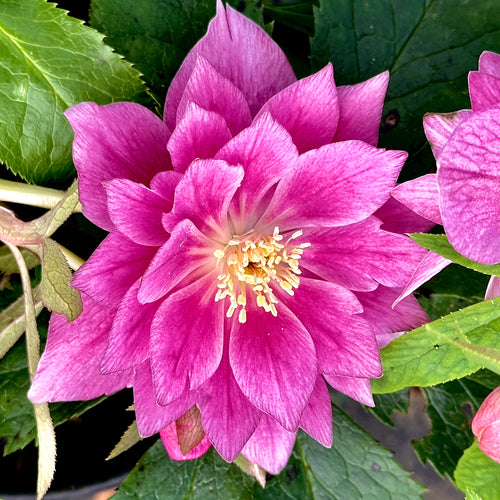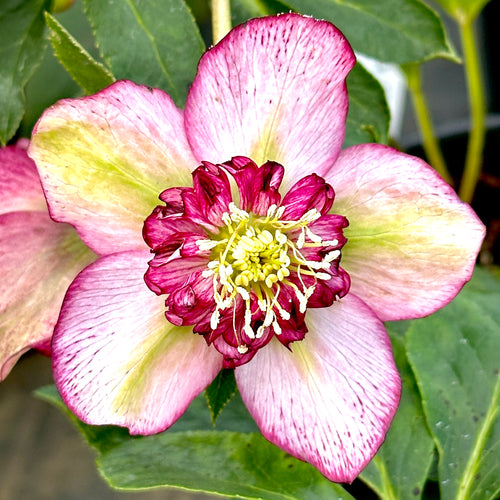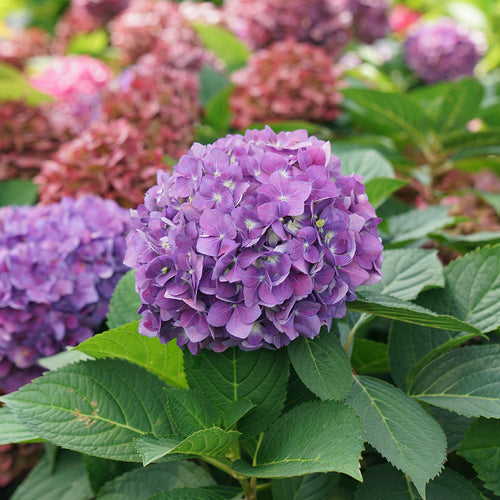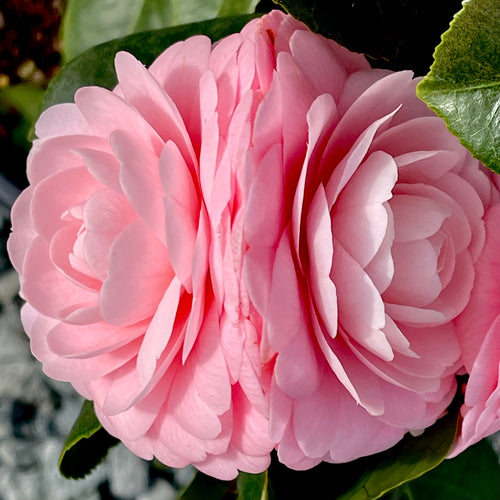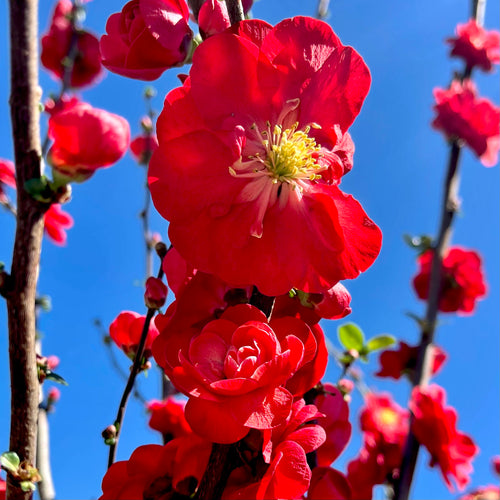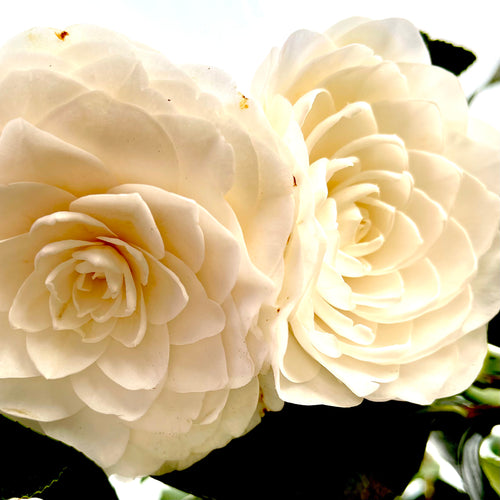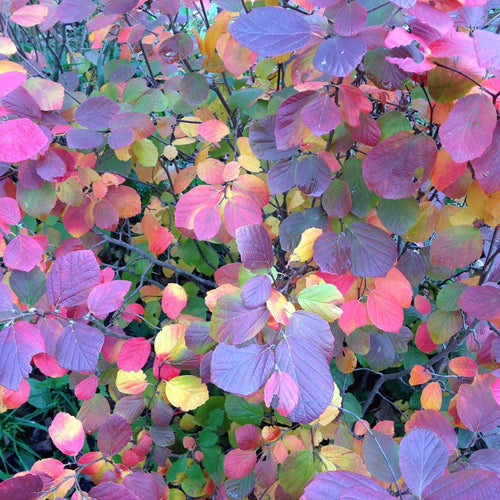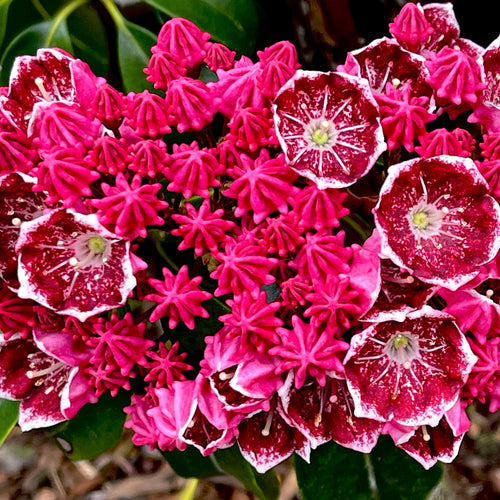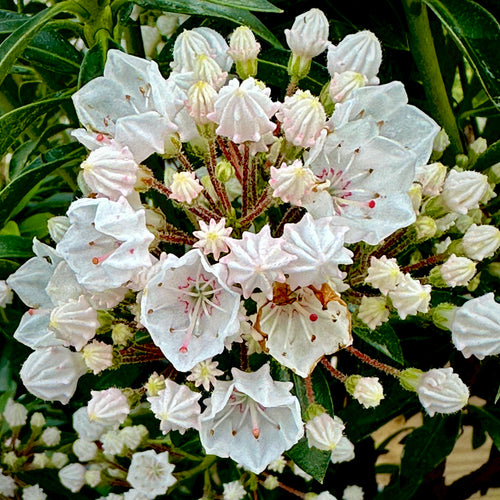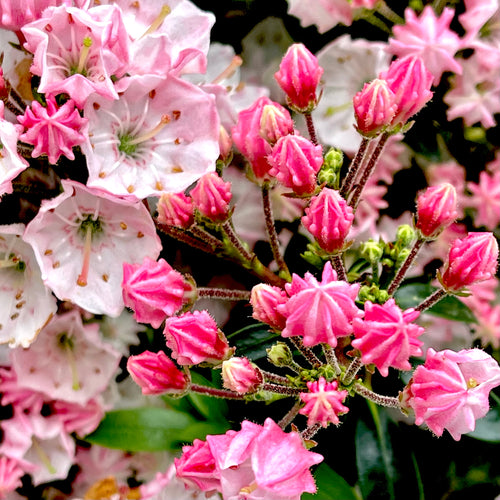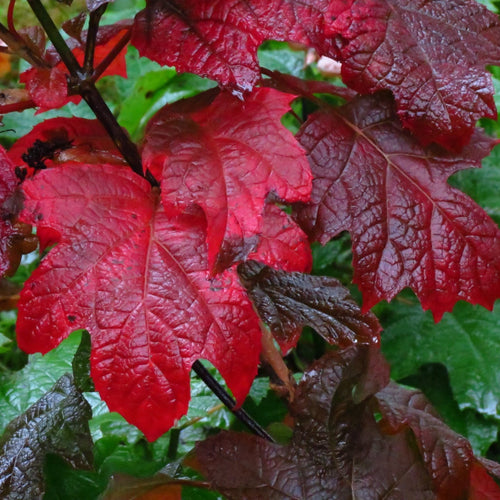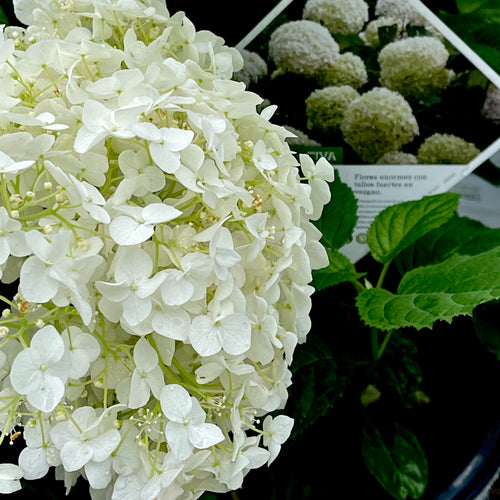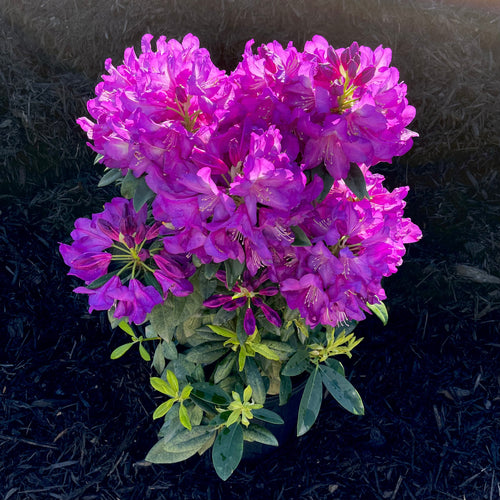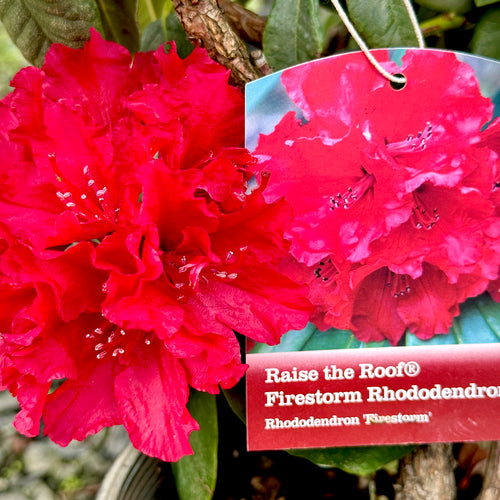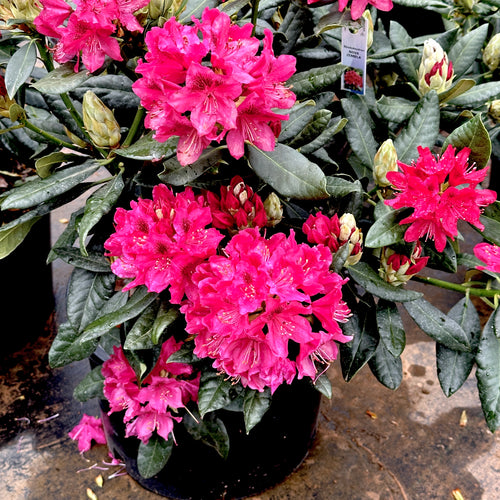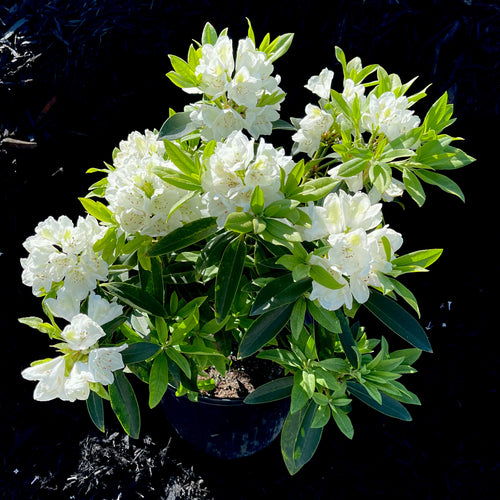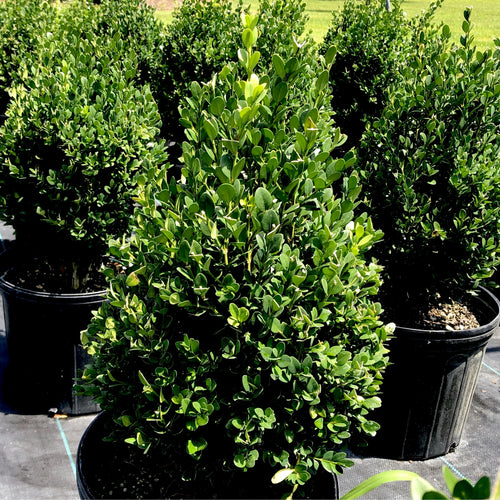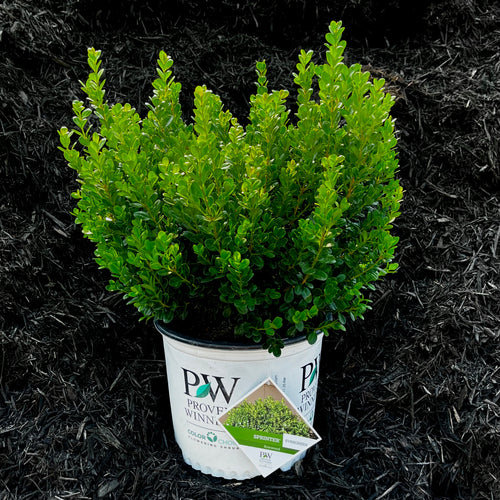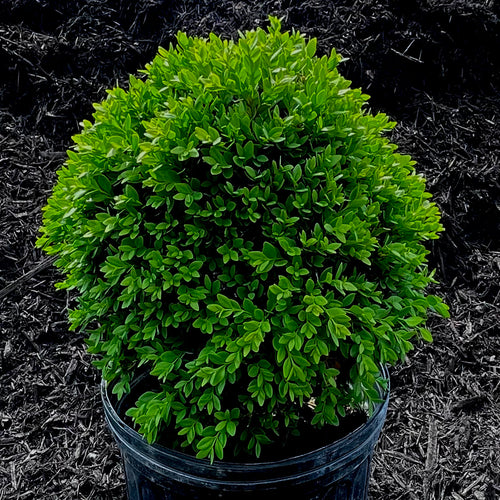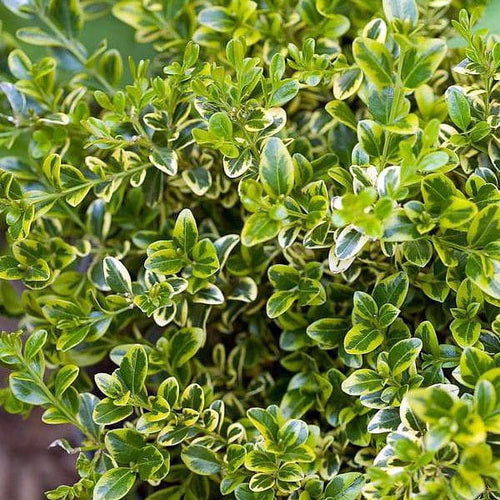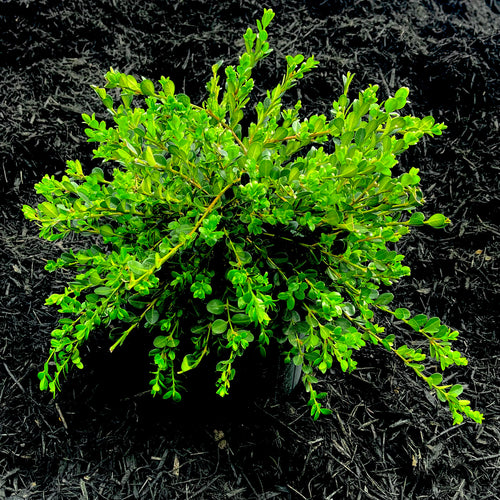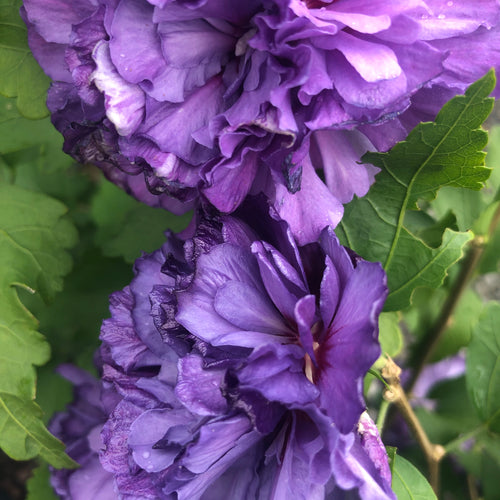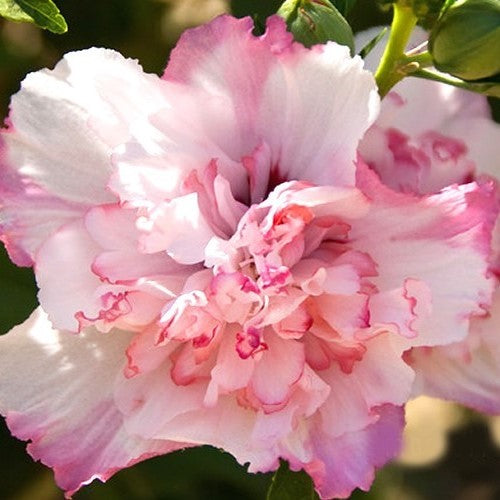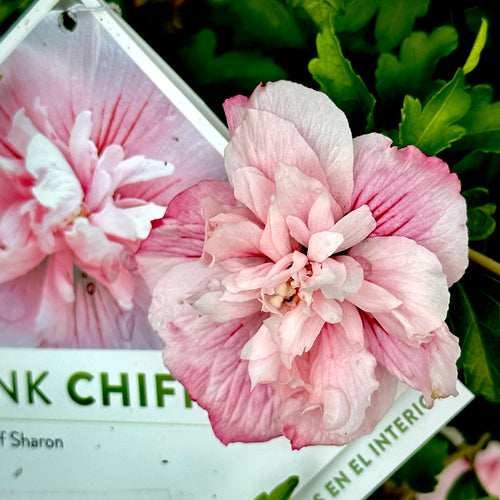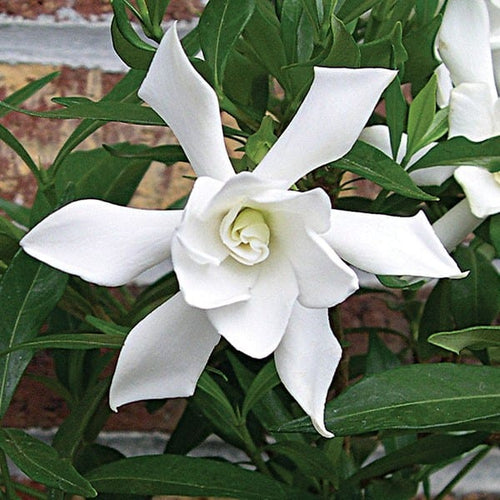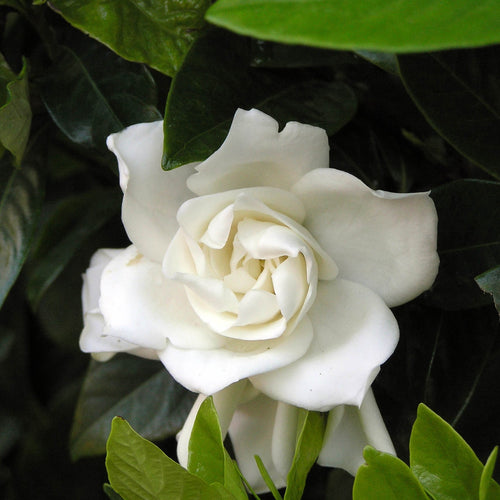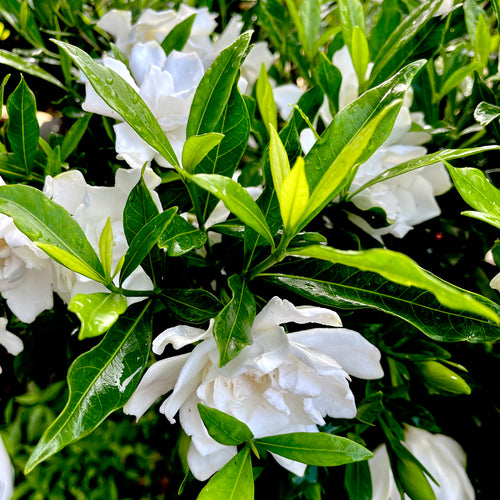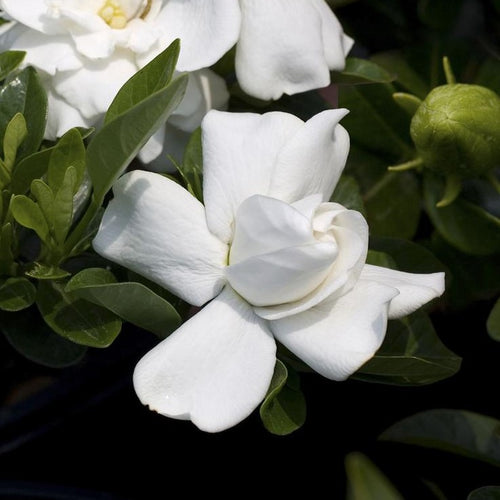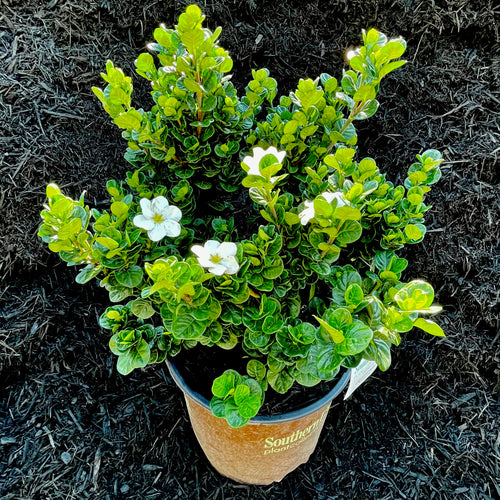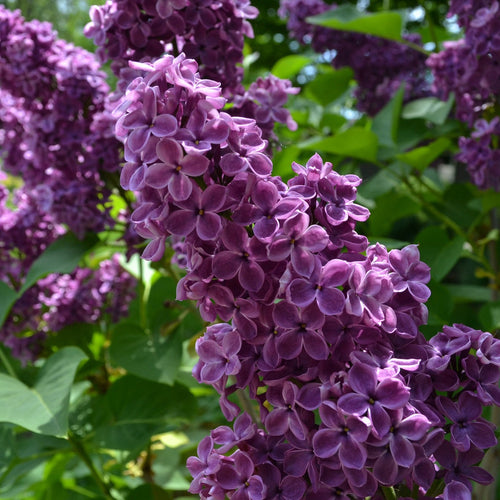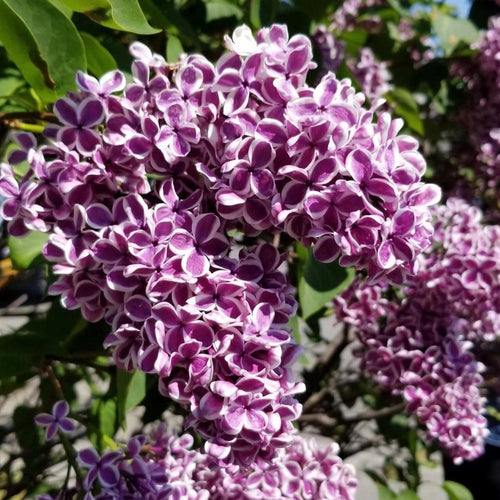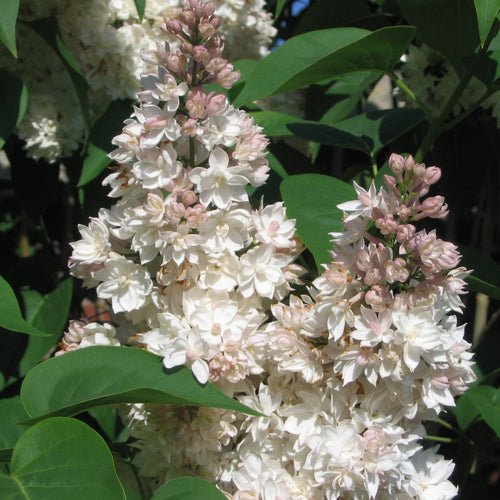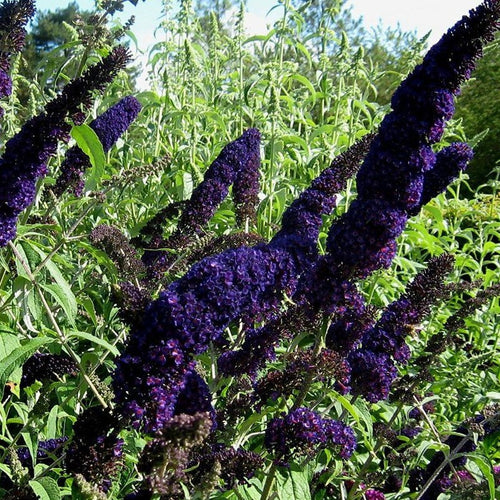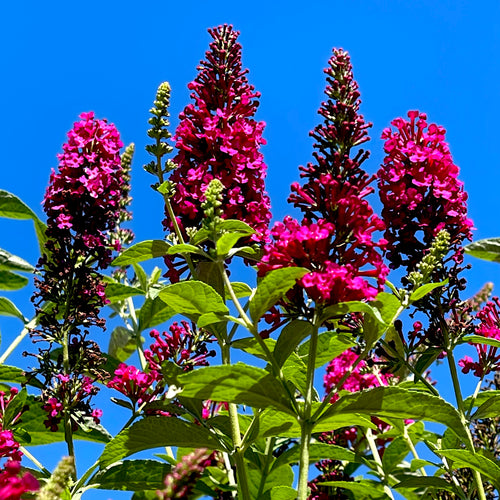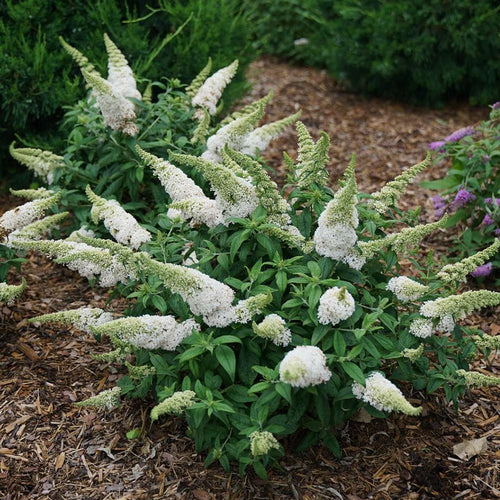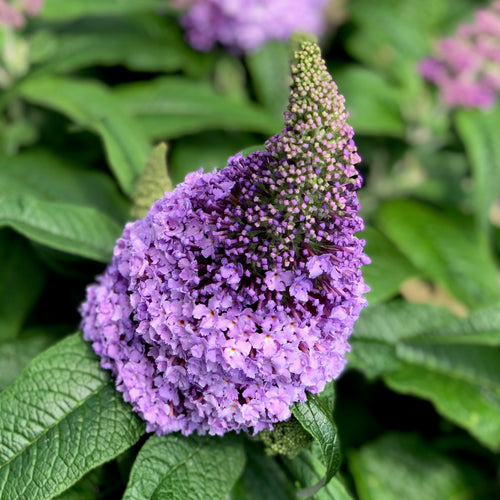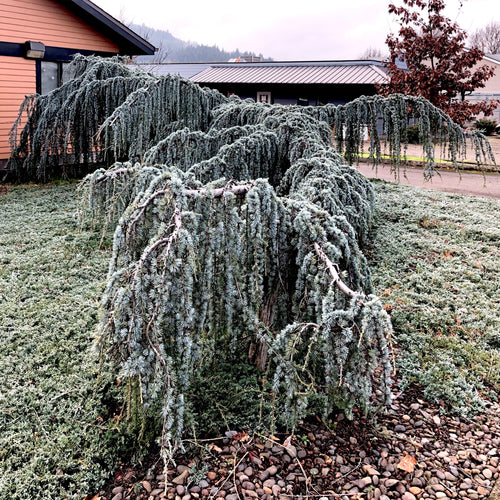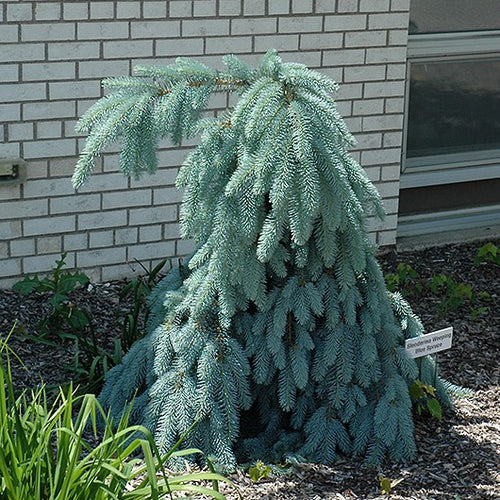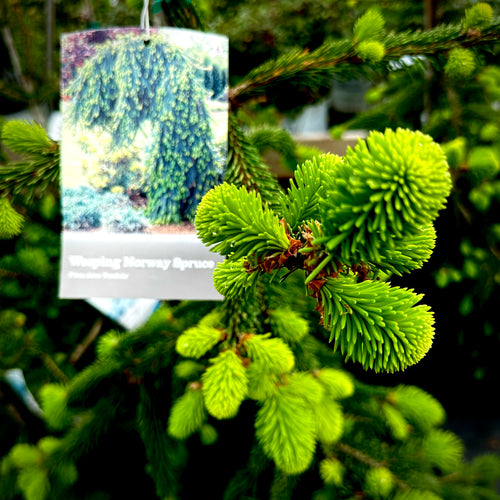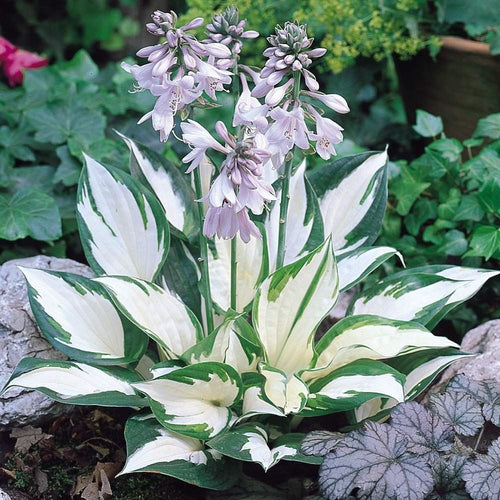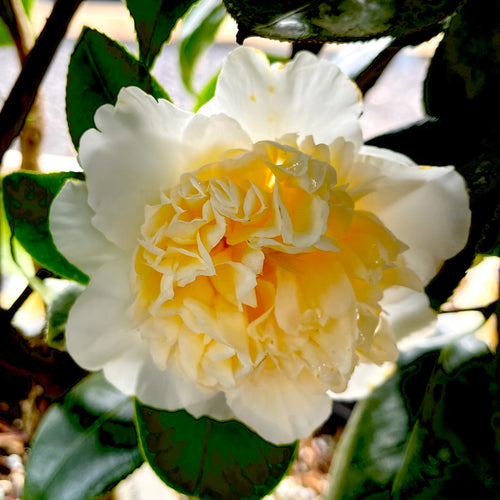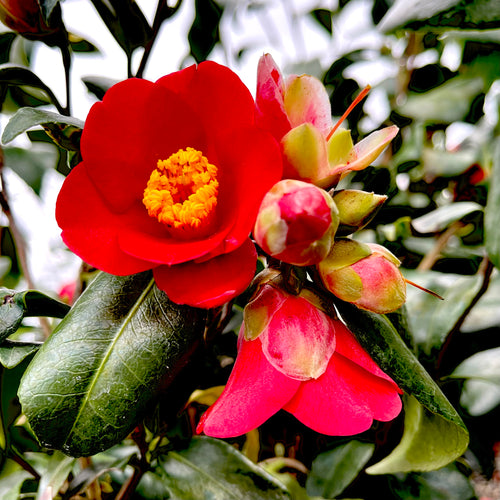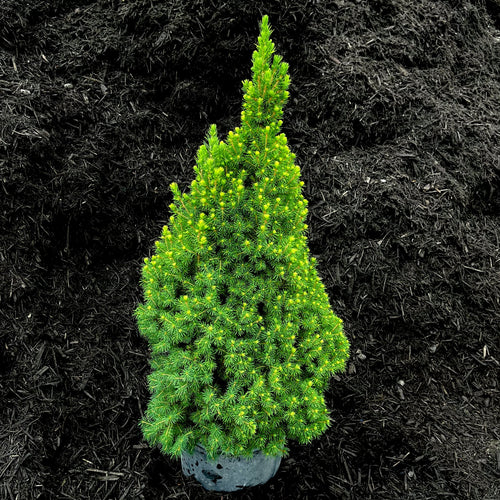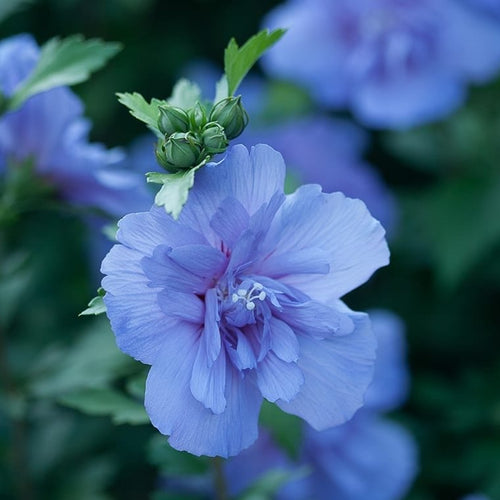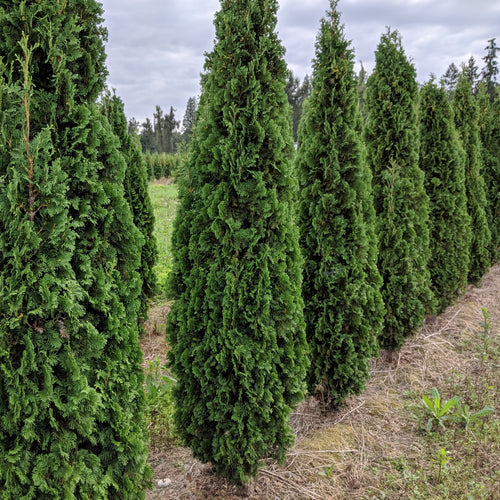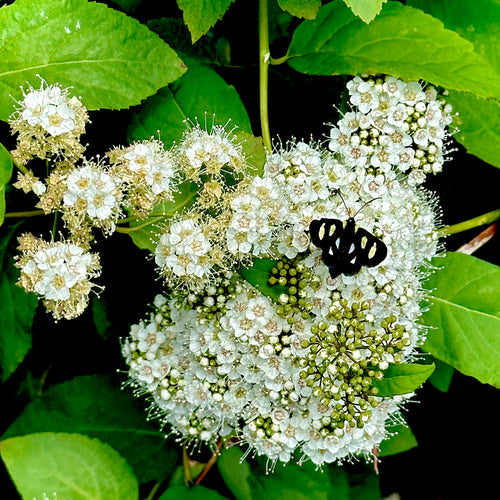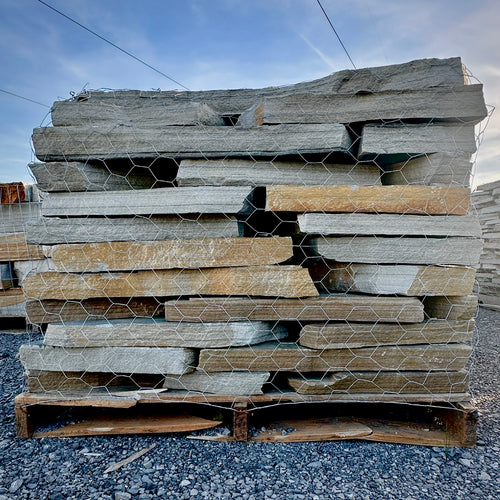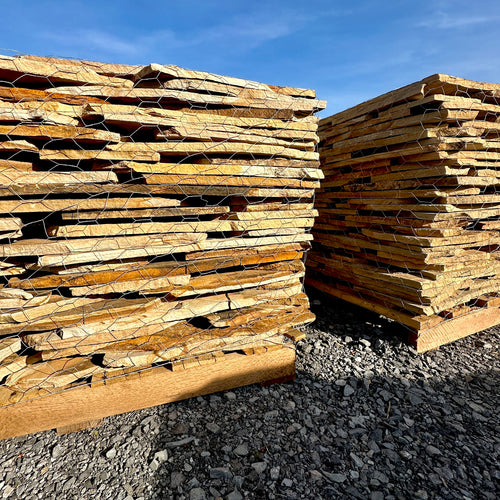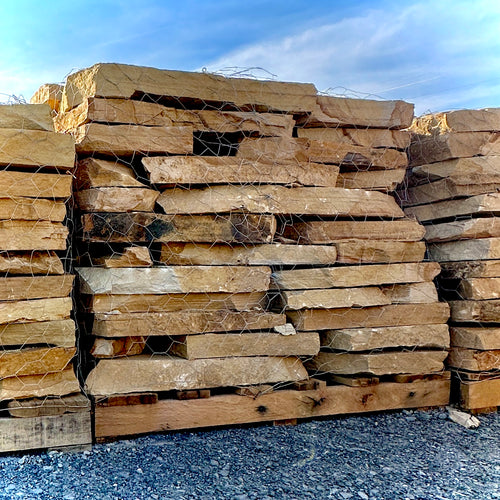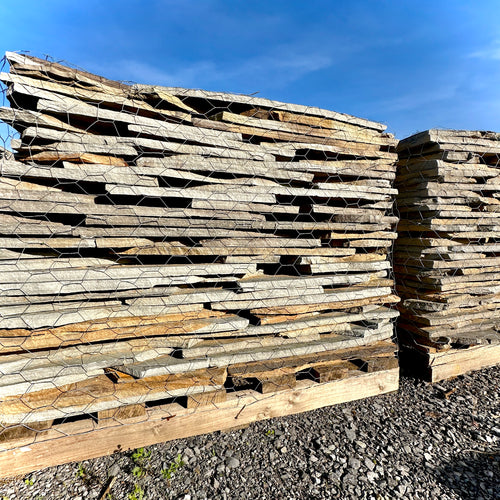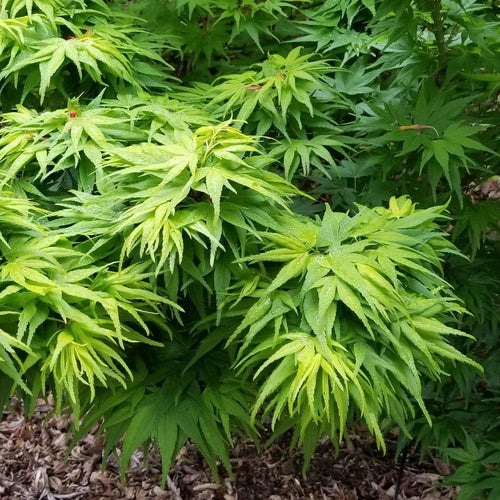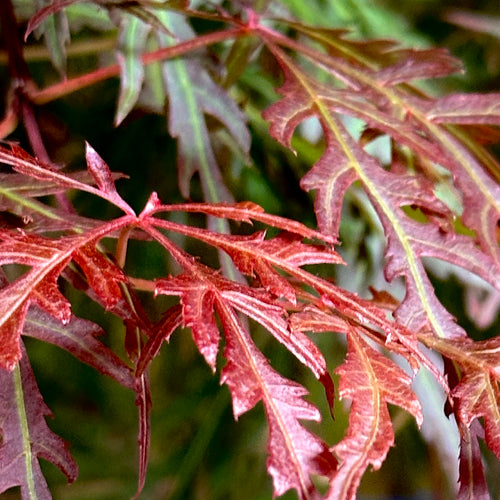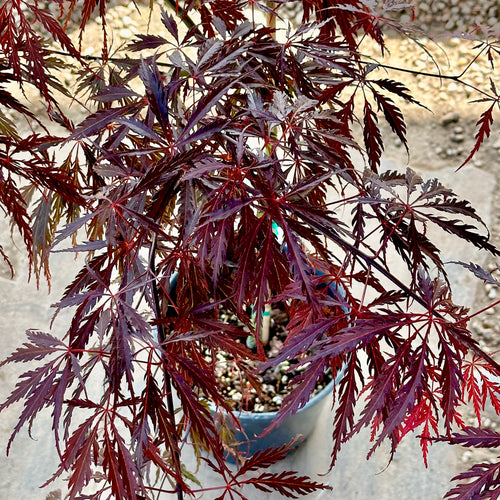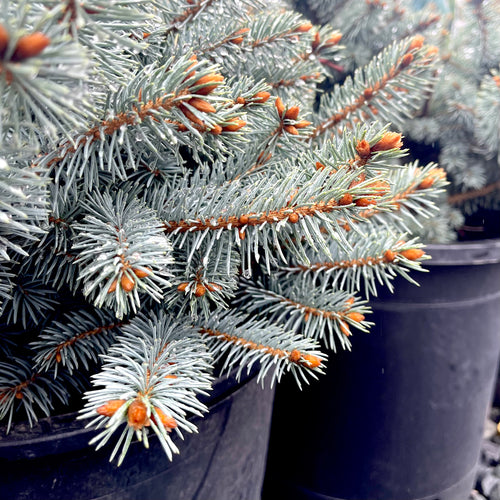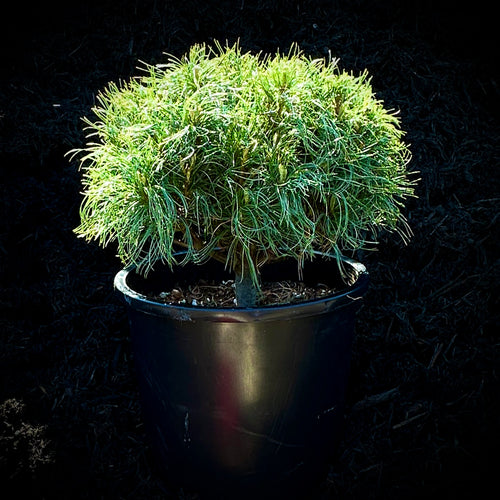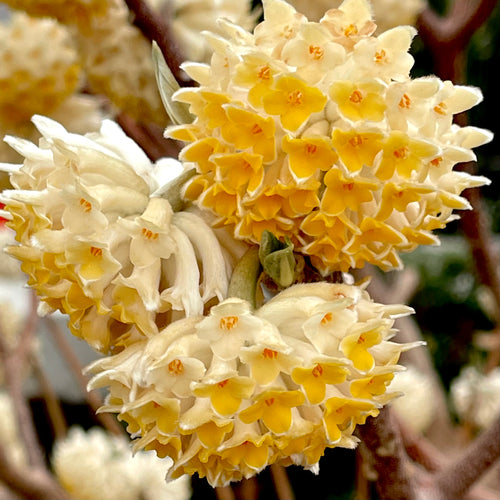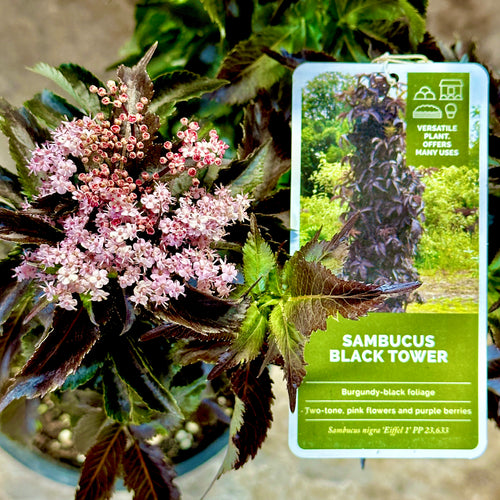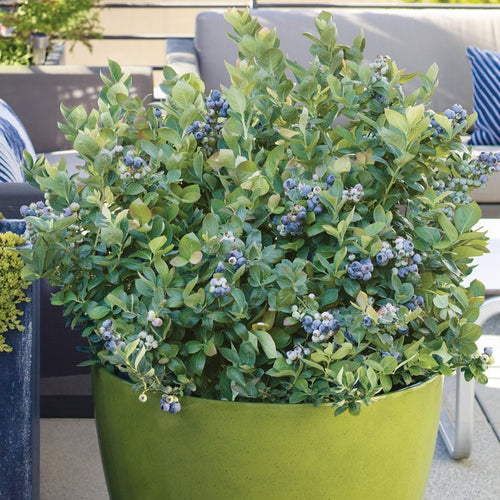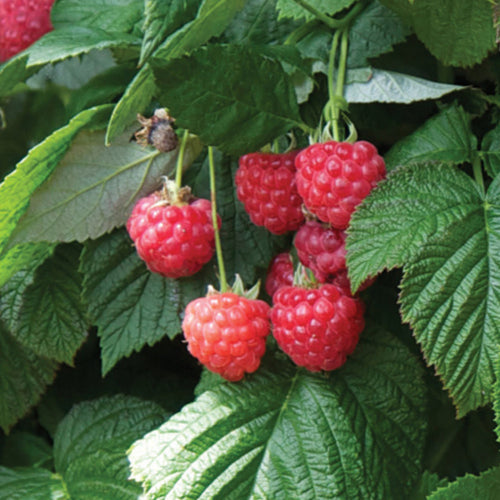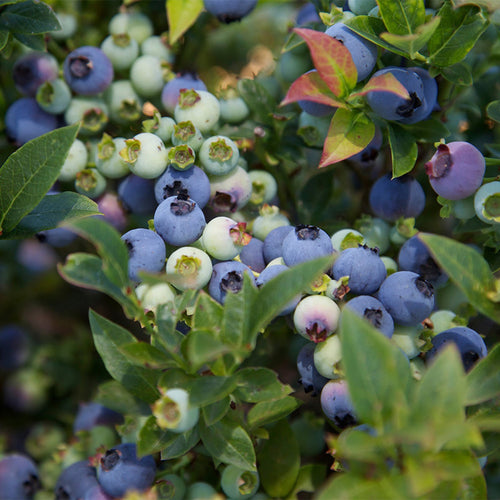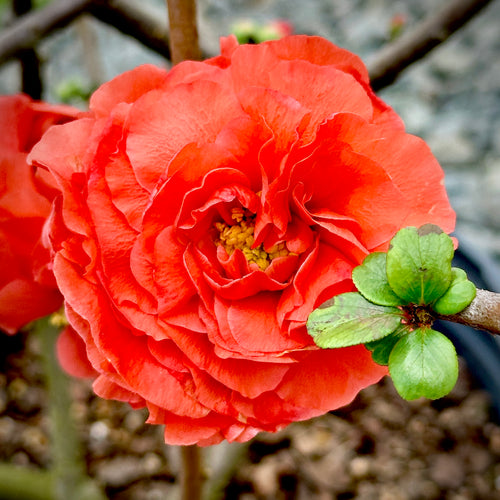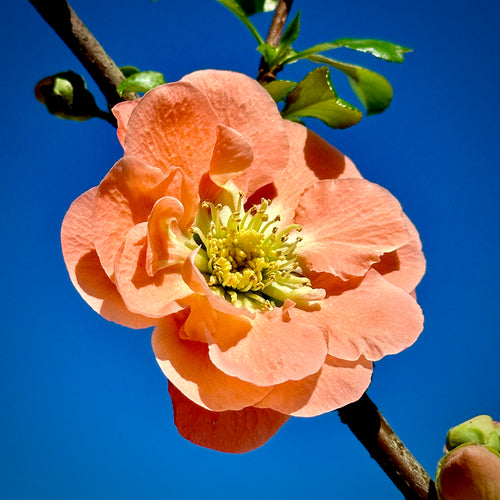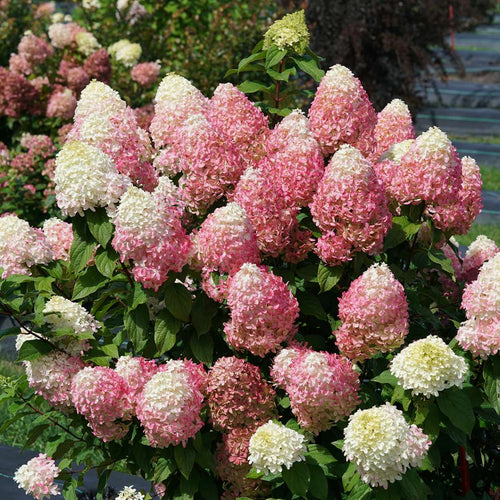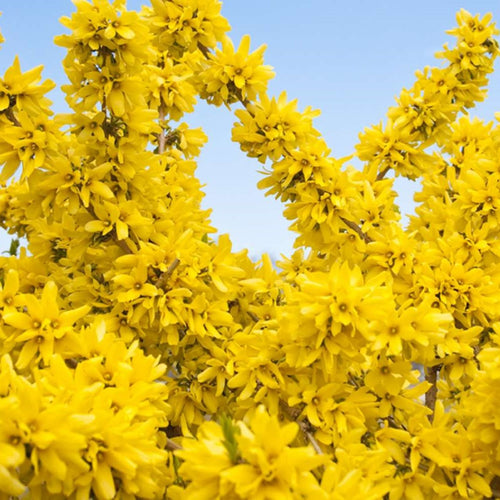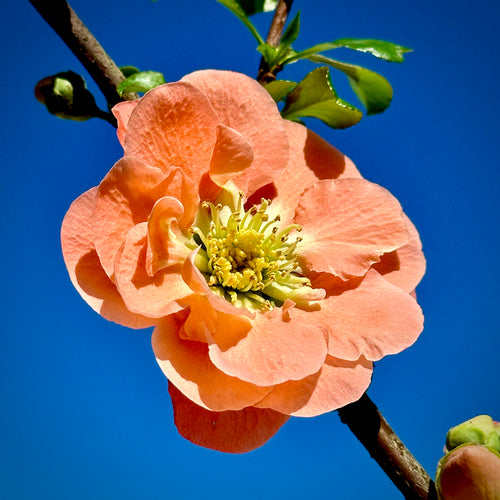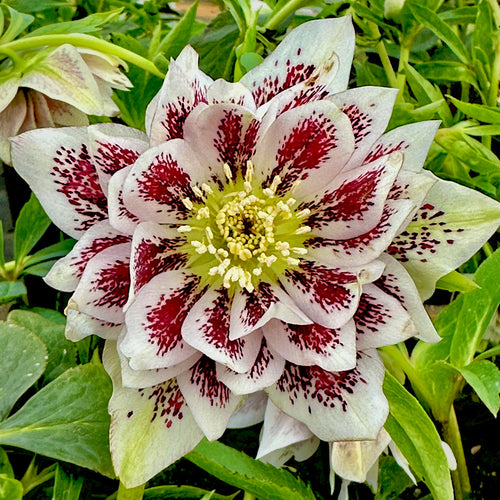How to trim Shrubs and Trees
- Published: Jun 23, 2023
- Written by JOSEPH PLITT
- Topics:
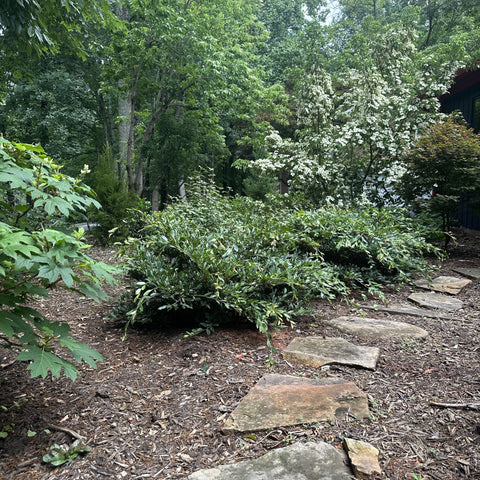
The Art of Trimming Shrubs: A Guide to Perfectly Manicured Hedges
Introduction: In the world of landscaping and gardening, few things can enhance the beauty and elegance of a property quite like well-trimmed shrubs. Whether you have a small garden or a sprawling estate, the art of trimming shrubs can elevate your outdoor space to new heights. In this blog post, we will delve into the essential techniques and tips that will help you achieve perfectly manicured hedges that will be the envy of the neighborhood.
- Tools of the Trade: Before you embark on your shrub trimming journey, it's crucial to equip yourself with the right tools. Some essential items you will need include sharp pruning shears, hedge trimmers, loppers for thicker branches, and a sturdy pair of gloves. Keeping your tools clean and well-maintained ensures optimal performance and helps prevent the spread of diseases between plants.
- Timing Is Everything: Knowing when to trim your shrubs is essential for their health and overall appearance. The ideal time to trim most shrubs is during their dormant season, which is typically in late winter or early spring before new growth emerges. However, some shrubs, such as flowering varieties, may require specific pruning times to avoid cutting off potential blooms. Research the specific requirements of each shrub species in your garden to ensure you trim them at the right time.
- Start with a Plan: Before you pick up your pruning shears, take a step back and visualize the desired shape and size for your shrubs. Having a clear plan in mind will help you achieve uniformity and balance throughout your garden. Consider the natural growth pattern of the shrub and aim to enhance its natural beauty rather than forcing an unnatural shape.
- The Art of Pruning: When pruning shrubs, it's important to follow a few key principles. Begin by removing any dead, diseased, or damaged branches, as these can negatively impact the shrub's overall health. Next, selectively remove branches to create the desired shape and size, always cutting just above a leaf node or bud. Avoid cutting too close to the main stem, as it may weaken the plant and lead to long-term damage. Remember to step back regularly and assess your progress as you trim to ensure a balanced and visually appealing result.
- Maintenance and Aftercare: Once you've achieved the desired shape and size, maintaining your shrubs is key to their long-term health and appearance. Regularly inspect your shrubs for any signs of disease or pests, and promptly address any issues that arise. Water your shrubs adequately, providing them with enough moisture without overwatering. Additionally, apply a layer of mulch around the base of the shrubs to help retain moisture and deter weed growth.
